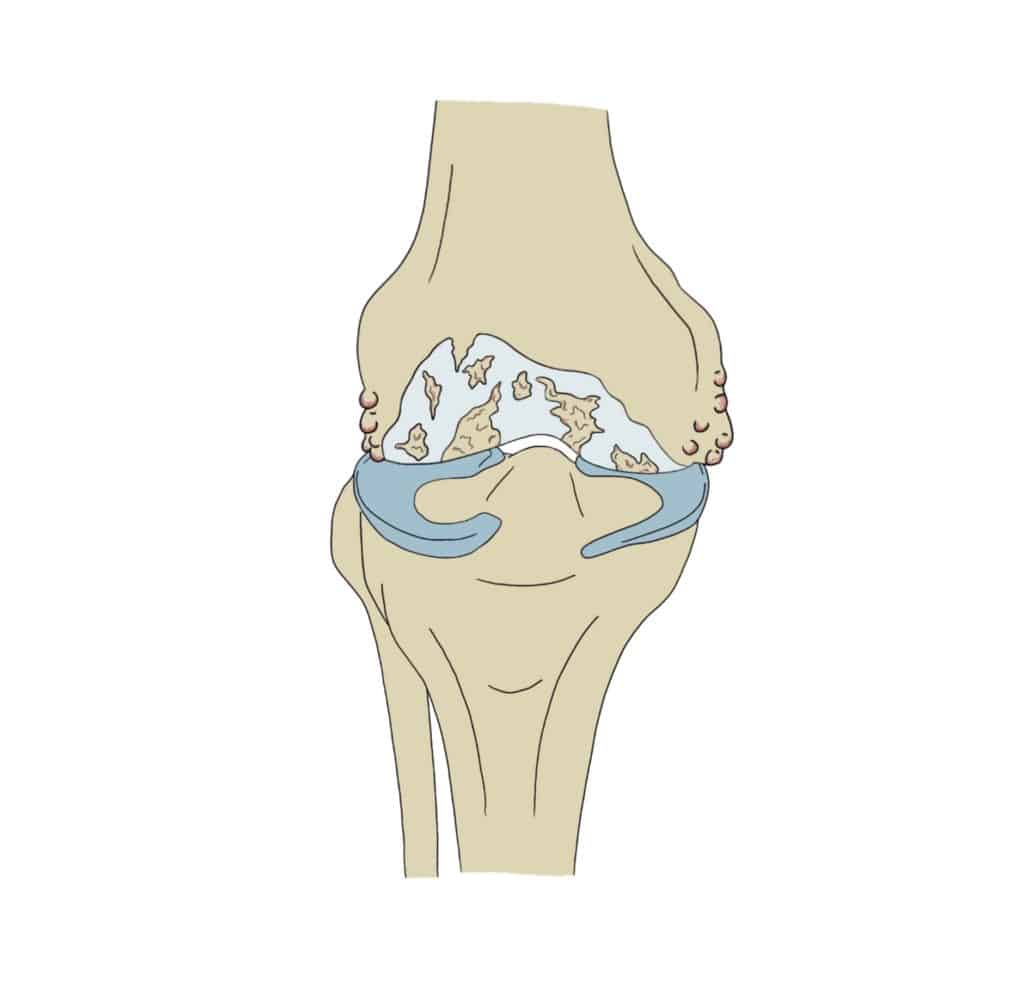Knees
Treatments targeted at specific conditions.
Knee pain is common complaint within our clinic which affects patients of all ages. The knee is the largest and most complicated joint in the body with four bones, and an extensive network of ligaments and tendons. It is vital for movement and because we use it so much it can be vulnerable to injury.
Runner’s Knee
The ilio-tibial band (ITB) is a long fibrous tendon which runs from the top of the pelvis down the outside of the thigh to the outside of the knee. It is a knee and hip stabiliser.
Runner’s knee is a repetitive strain injury. It occurs when the ITB rubs repeatedly against the end of the femur, this friction causes inflammation and pain in outer knee which may spread up into your thigh. As the name suggests, it is a common injury in long distance runners but it can also occur due to activities such as cycling, tennis and football.
Our osteopaths can offer treatment to help reduce the pain and inflammation by addressing the asymmetries and dysfunction that may be causing the Runner’s knee. If you have an imminent race or event that you need to get through, our osteopaths are experienced in helping athletes return to their chosen sport. They can also offer advice on how best to reduce the likelihood of reoccurrence.
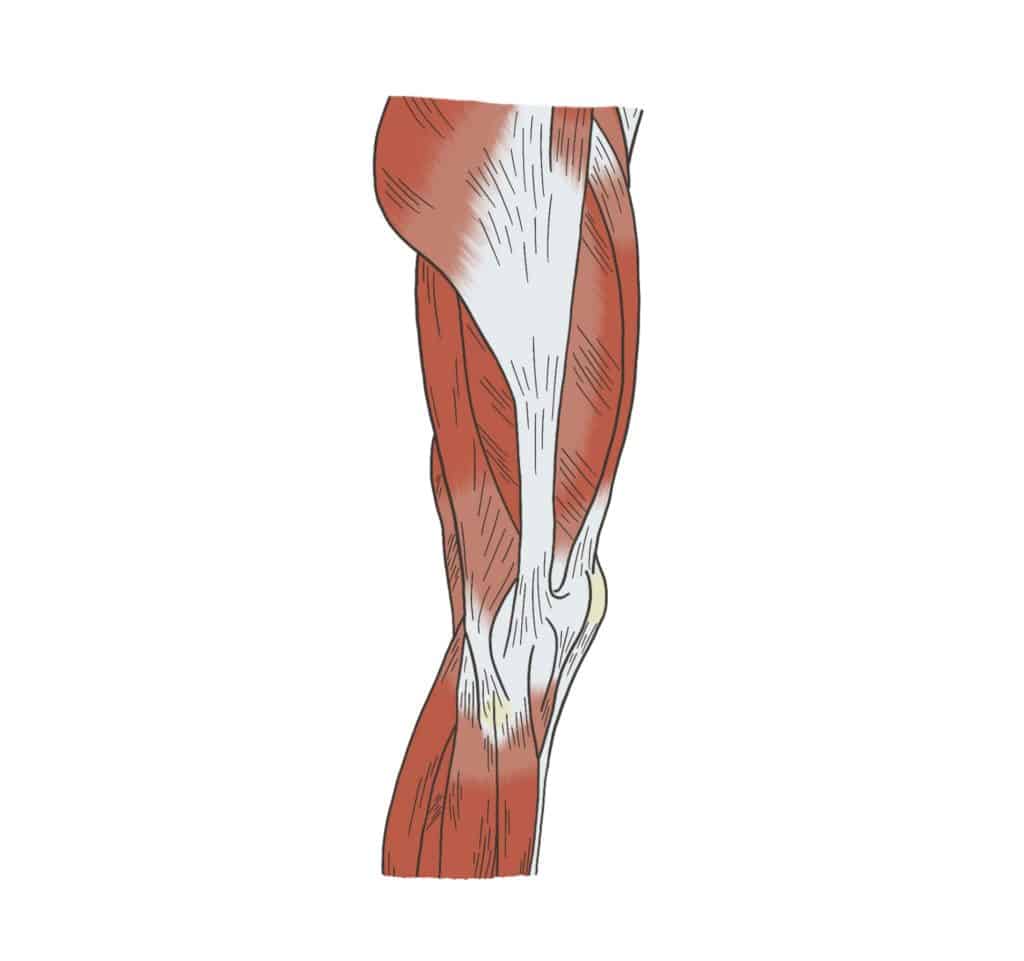
Patello-femoral Pain
Patellofemoral pain syndrome is a term to describe pain at the front of the knee and around the kneecap. In many cases patellofemoral syndrome is a result of vigorous physical activity causing stress on the knee such as running, jumping or climbing. It can also be caused by misalignment of the kneecap; When the muscles of the leg become tight and shortened, the kneecap is pulled upwards and laterally into a position which causes pressure on the cartilage of back of the kneecap.
You may experience pain in the front of the knee during activity or after sitting with your knees bent for a long period of time. Your knees may also click or crackle when walking or climbing stairs.
Osteopathy can help to restore length to the affected muscles, reduce inflammation and improve range of movement at the joint and strength of the associated muscles.
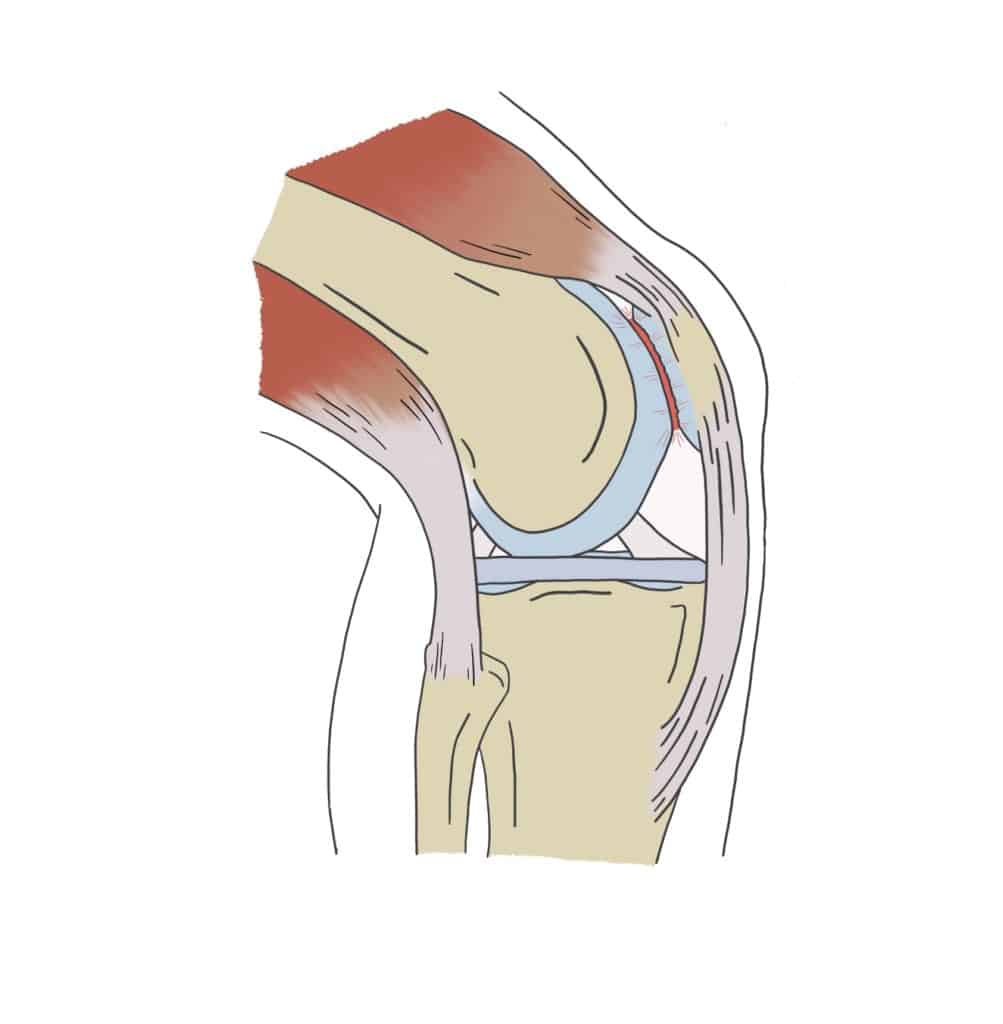
Meniscal Tear
The menisci are two pieces of C-shaped cartilage found inside the knee joint. They act as shock absorbers and play a key role in knee stability.
Menisci can tear when twisting the knee or due to age related degenerative changes. A torn meniscus usually causes pain, stiffness and swelling in the knee and you may hear or feel a popping sensation at the time of injury. You may also have difficulty fully bending or straightening your knee and it may feel unstable to walk on.
Treatment for a torn meniscus is usually conservative to begin with; meaning osteopathy is a good treatment option to give you the best chance at avoiding surgery by increasing range of movement and strengthening the muscles around the knee and in the legs to support the knee. Laser therapy can help to reduce the amount of inflammation in and around the knee joint. Our osteopaths are honest with their treatment options, and if they feel that your potential meniscal tear is past the point where osteopathic treatment can help, they can refer you for imaging or to your GP/consultant to talk through potential surgeries.
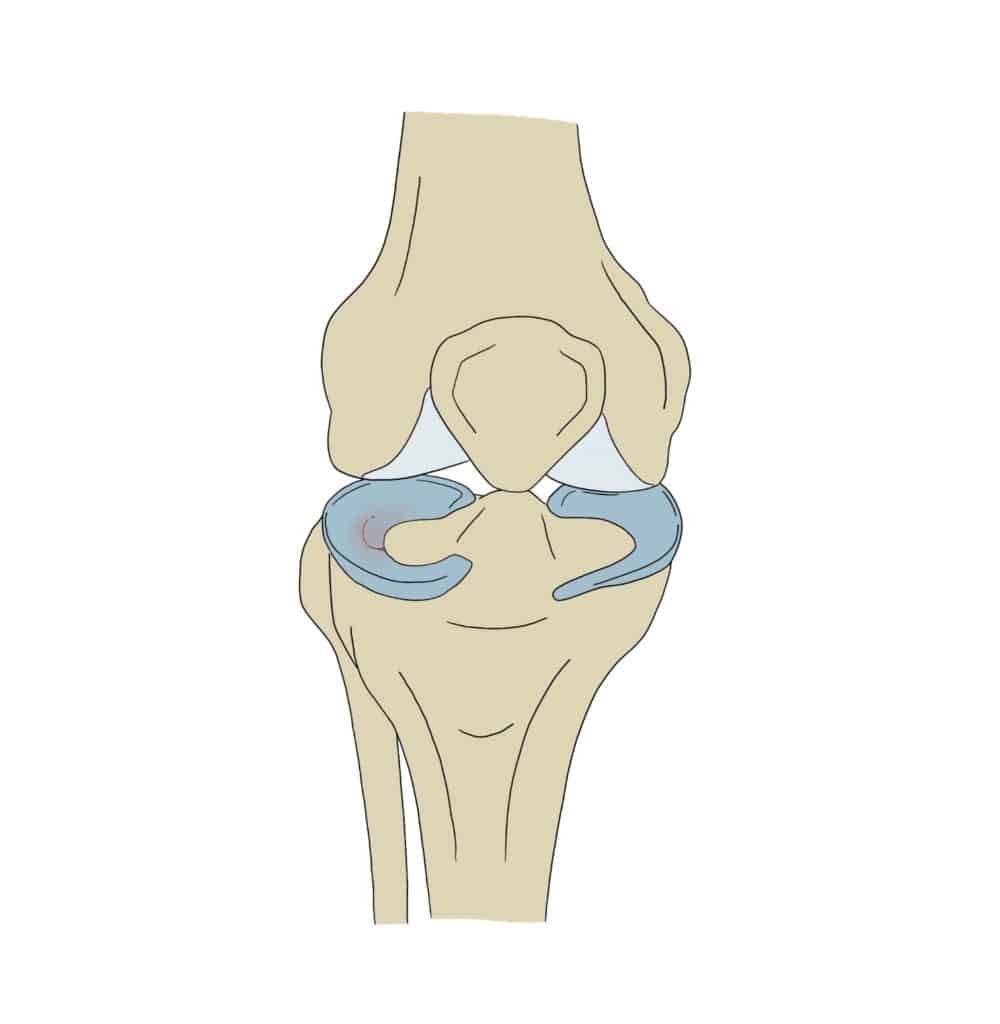
Ligament Sprains
There are many ligaments which help to control movement of the knee. The main ligaments of the knee are separated into collateral ligaments and cruciate ligaments. They help to support and stabilise the knee.
The Anterior Cruciate ligament can be injured during sudden twisting movements, such as during skiing or playing football. The Posterior Cruciate Ligament is most commonly injured with direct trauma such as a car accident. The Collateral ligaments are usually injured with blows to the side of the leg such as a football tackle.
The symptoms of a ligament sprain in the knee will depend on which ligament you have injured, but mostly commonly you will have difficultly weight bearing on the knee. You may here or feel a popping sensation at the time of injury and it may bruise or swell.
Osteopathy and Laser therapy can help to reduce inflammation and pain after a ligament sprain and encourage tissue repair. Your osteopath will also be able to advise you on exercises to help strengthen the muscles around the knee that will be important in order to regain stability in the joint.
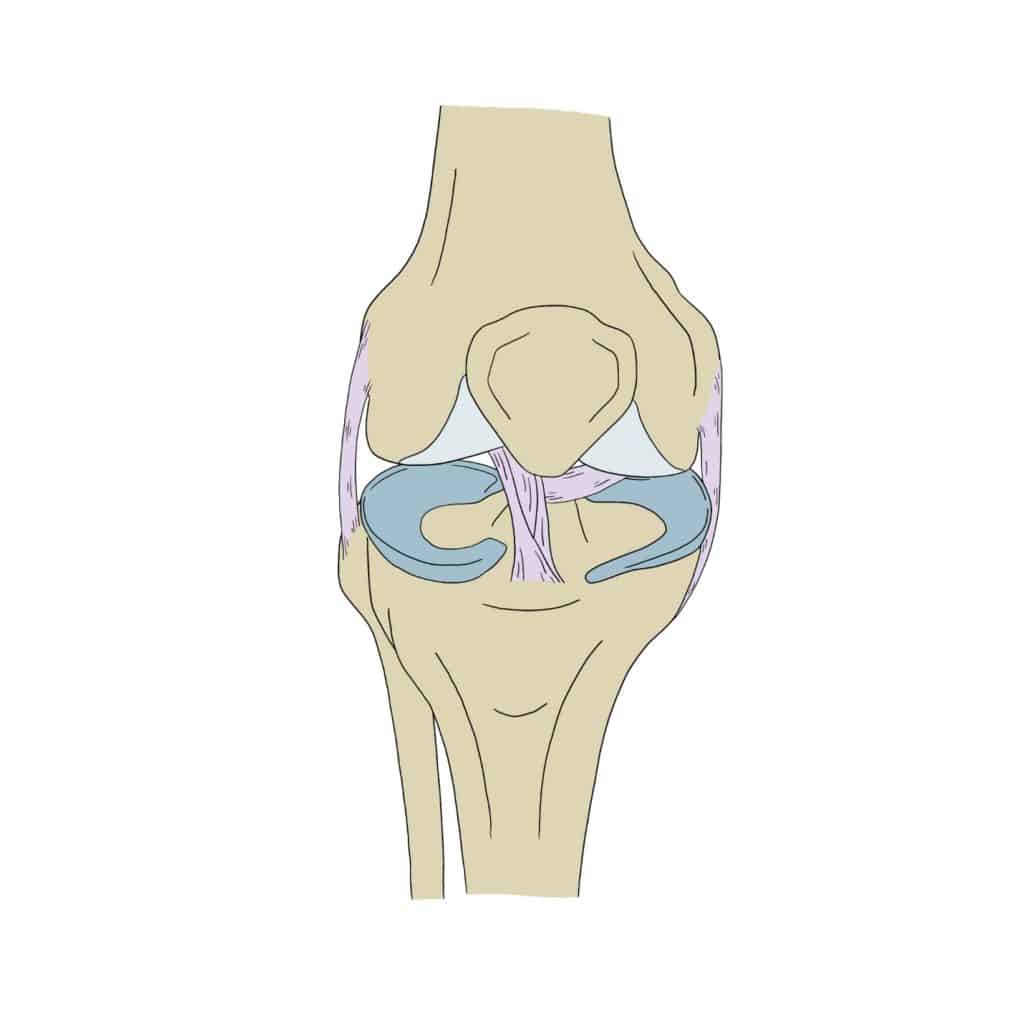
Bursitis
A bursa is a fluid filled sac that helps to prevent friction between tendons and bone. We have bursas around every joint in the body.
Because of the complicated anatomy of the knee, with many tendons and ligaments supporting its structure, we have many bursas around the knee. They can become inflamed due to sustained pressure, such as kneeling for long periods, direct trauma or after repetitive strenuous exercise or activity such as running.
Signs and symptoms of bursitis in the knee depend on which bursa is inflamed. There will usually be pain and swelling in the area of the affected bursa. Osteopathy and Laser therapy can help to reduce the inflammation in the area and increase the functional range of movement of the joint.
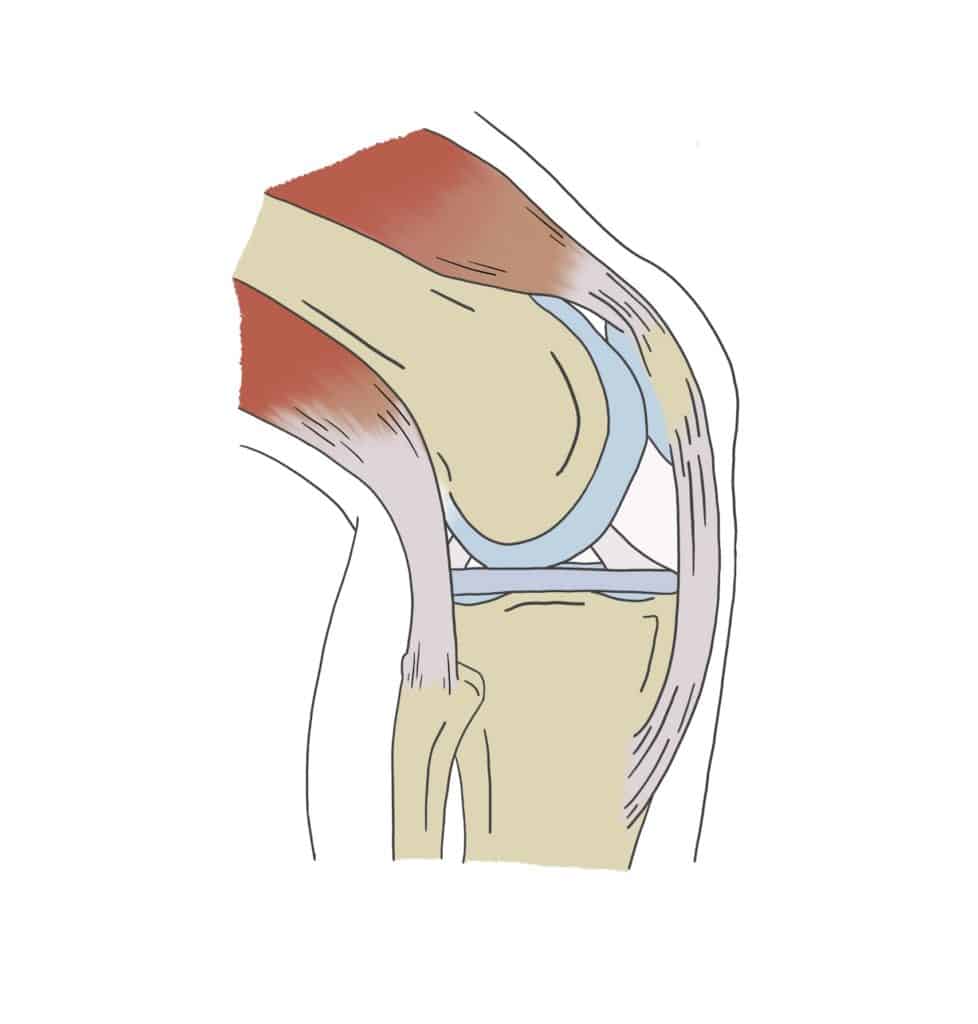
Osgood Schlatter Disease
Osgood Schlatter Disease is a common cause of knee pain in growing adolescents, particularly active ones. It occurs during growth spurts. As the long bone in the thigh (femur) grows, the muscles stretch to keep up with the rapid increase in length. The tendons pull on the bones growth plate where the muscle is attached, causing pain and inflammation.
Osgood Schlatter Disease causes pain in the front of the shin bone (tibia), just below the knee. You may feel inflexible, or that your muscles are very tight. There may also be a visible protuberance at the sight of pain on the shin which is tender to touch.
Osteopathy can help to lengthen the affected muscles to reduce the tension on the growth plate. Laser therapy can help to reduce inflammation over the growth plate. Our osteopaths can also offer exercise and lifestyle advice suitable for young athletes who are still keen to engage in their chosen sport.
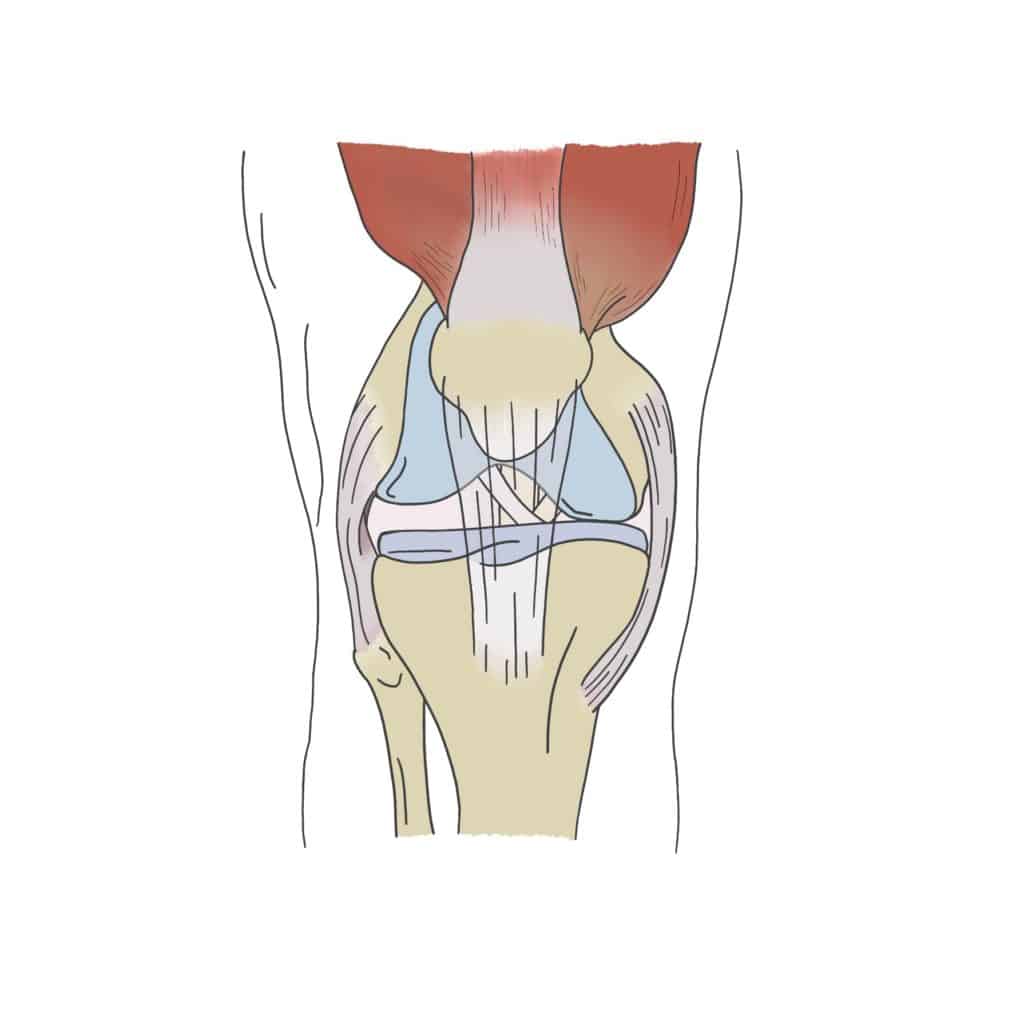
Arthritis
Osteoarthritis is a common condition that causes pain and inflammation in a joint. Often referred to as ‘wear and tear’ of the joint, it can occur at any age as a result of an injury but is most common in people over the age of 45. The cartilage within the joint becomes thinner, meaning that there is more friction.
Osteoarthritis is a normal, natural part of the aging process and many people with it will suffer no symptoms at all! However, when osteoarthritis is symptomatic, patients complain of stiffness, reduced range of movement and pain on activity. You may also feel a grinding or clunking sensation in the knee. Osteopathy can help to increase range of movement available in the joint, decrease pain and improve function.
We can also get a type of arthritis called rheumatoid arthritis; this can affect multiple joints in our body at the same time. If our osteopaths suspect you have rheumatoid arthritis they will refer you to the GP for a blood test to confirm this. We can still treat patients once they have been diagnosed with rheumatoid arthritis and they can get a lot of symptom relief from osteopathic treatment, however it is more complex than osteoarthritis due to it’s nature and usually requires a combined treatment approach with your GP.
There is no cure for arthritis; however, osteopathy can offer symptomatic relief for many patients. Osteoarthritis in the knee tends to respond particularly well to osteopathic treatment. Laser therapy has also been shown to be effective in reducing pain associated with arthritis. We can also give you exercises to help improve range of movement and prolong the effect of treatment.
